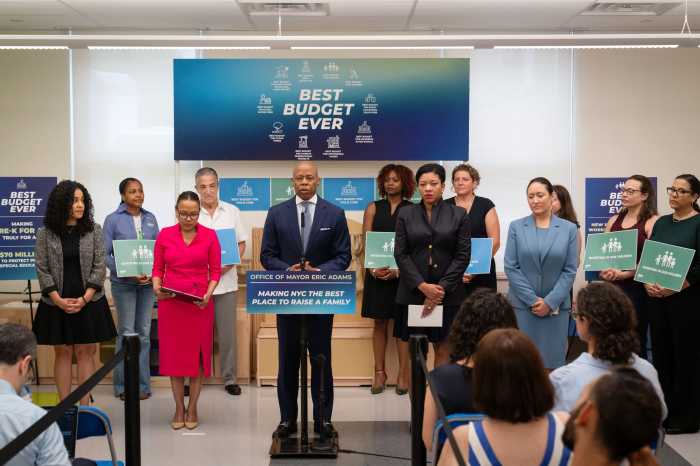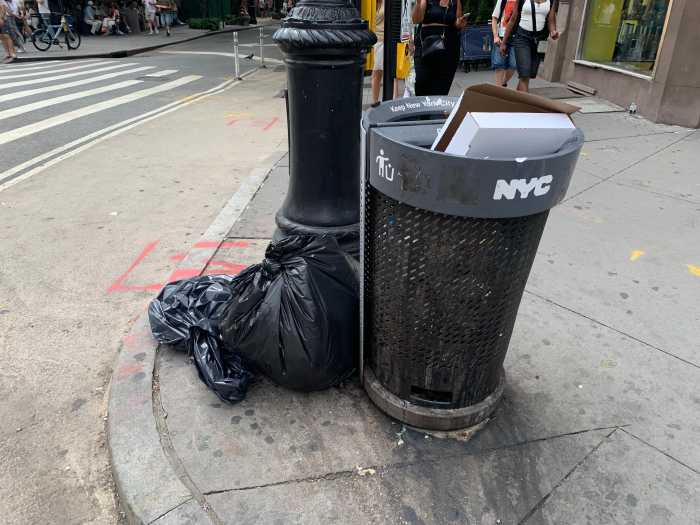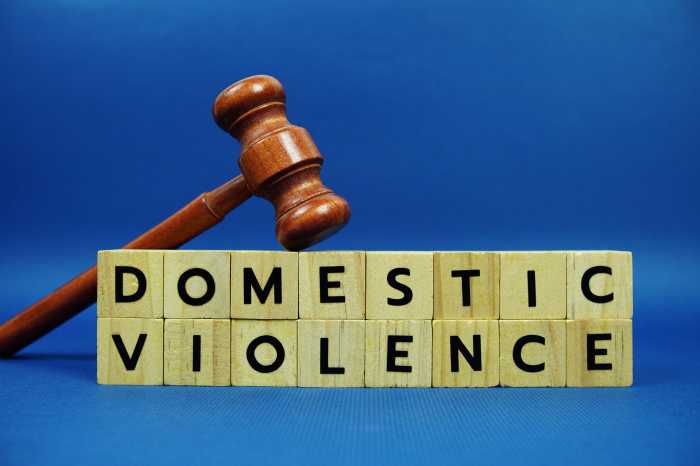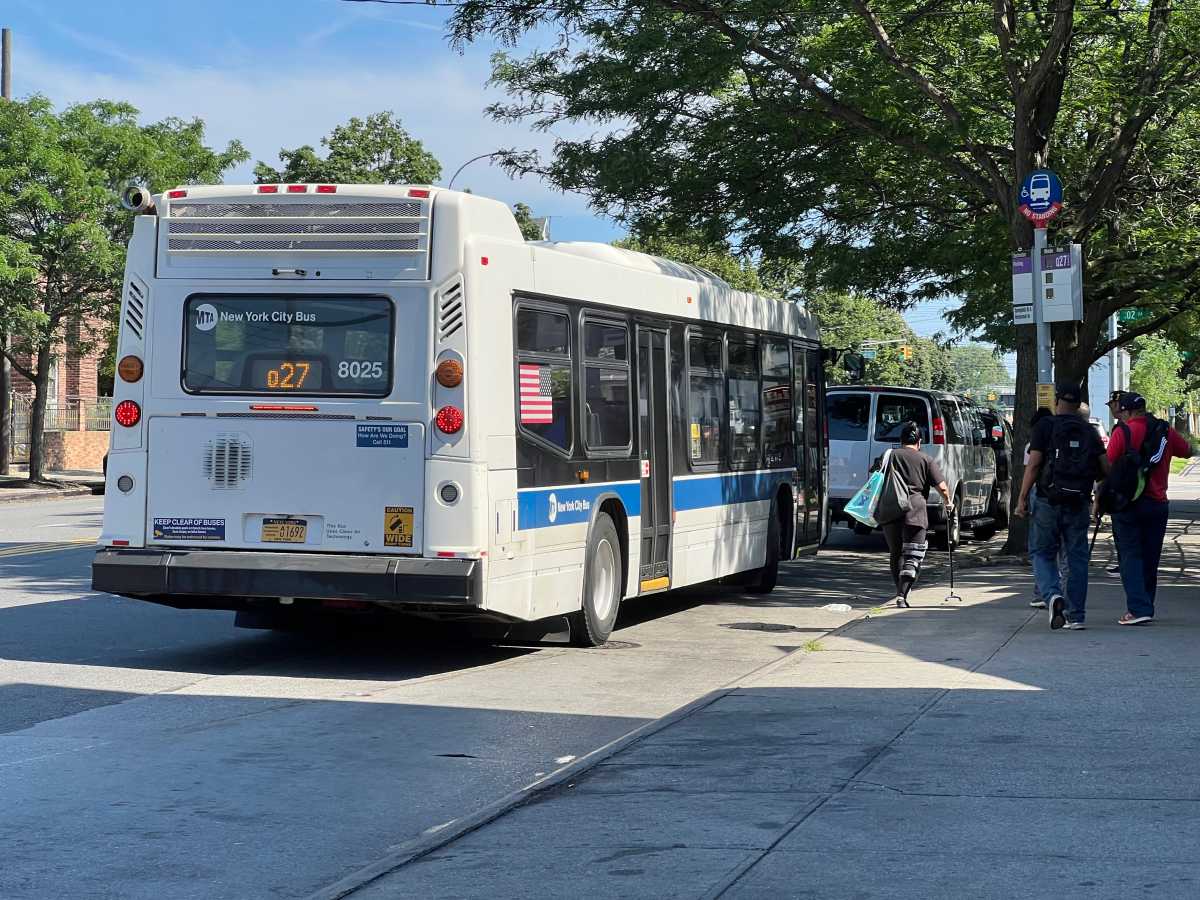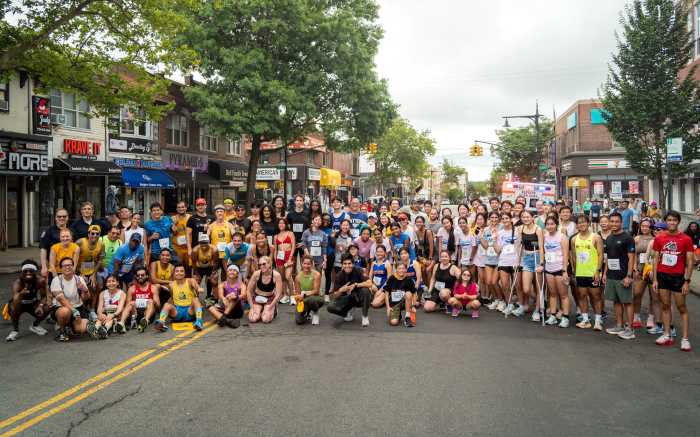Need a NID park fund
To The Editor:
I am resident of Tribeca within the boundaries of the proposed Hudson River Park Neighborhood Improvement District and I am writing to express my support of the H.R.P. NID (news article, March 6, “What’s next Hudson River Park? Tribeca rises against park tax”).
The Hudson River Park is the realization of the last frontier to be conquered in Tribeca, and quickly becoming one of our most valuable neighborhood amenities. As such, the H.R.P. NID would create a stable source of funding for the park — sorely needed to maintain what has been created.
For me and other bicycle riders and joggers, it’s become a thoroughfare to commute, exercise and recreate. For children and older residents, it’s an oasis for fresh air, space to run, sit, picnic and more. This park benefits all, including the thousands of visitors Downtown. It also benefits businesses and other commercial tenants in ways they may not fully understand now.
As past director of retail and commercial development of the MetroTech BID in Downtown Brooklyn for seven years, I witnessed the important role the organization played on keeping the area safe, clean, and inclusive for residents, business and visitors. Having this type of group assured the area’s stabilization and growth.
Let’s not be fearful of the magnitude of the project. We can do this. As they say, the devil is in the details, so listen to the devil with courage and don’t let any confusion take hold.
Let’s let this be our legacy. We can do this. Years from now our residents, children, businesses and visitors will thank us for the actions of today.
Manuel Cabrero
C.B.1 COMMITTEES
To The Editor:
Re “Restore focus on housing & parks, some on C.B. 1 say” (news article, March 6 – 19):
Community Board 1 in Manhattan is the second smallest of the city’s 59 community boards. While other others use “board-wide subject matter committees,” such as housing, parks, zoning and licensing committees, etc., C.B. 1 uses a NIMBY, non-comprehensive, parochial approach to planning.
You wrote, “C.B. 1 includes more neighborhoods than most boards in the city,” which is totally untrue; most boards have way more than four neighborhoods. C.B. 1 created geographical committees for historical and political reasons, when huge areas of our board were vastly unpopulated. Remember, our area was predominately commercial, manufacturing or landfill in the 1960’s.
Board-wide subject matter committees (with members from all over C.B. 1), chaired by people with subject-matter expertise (and a desire for follow-up), would work better than the four geographical committees.
Eliminating all geographical committees and expanding subject matter committees such as housing and parks, have been suggested for years. See https://infotrue.com/cb.html for this discussion in 2008.
The exclusion of any “inclusionary zoning” in Northwest Tribeca, and the illusionary inclusionary zoning in the Holland Tunnel rotary, was due to the pressure from a small NIMBY group in the Tribeca Committee.
Inclusionary zoning would have helped the affordable housing situation, but that is not what the immediate neighbors really wanted. I should know. I chaired the meetings while pushing for a board-wide zoning committee at the time. C.B. 1 should modify the committee structure by eliminating the four geographical ones like the other 58 boards and add a Housing or Parks & Recreation Committee.
Rick Landman
Rick Landman is a former member of Community Board 1 who was chairperson of the board’s Planning & Infrastructure, Landmarks and Tribeca Committees.
Editor’s note: With respect to the neighborhood count comparison of community boards, the writer cites the mayor’s community board listings, which defines neighborhoods differently than many New Yorkers. Boundaries are not at all exact, but for example, the city lists the Lower East Side in Boards 2 and 3, while we would say it’s entirely or almost entirely in C.B. 3.



